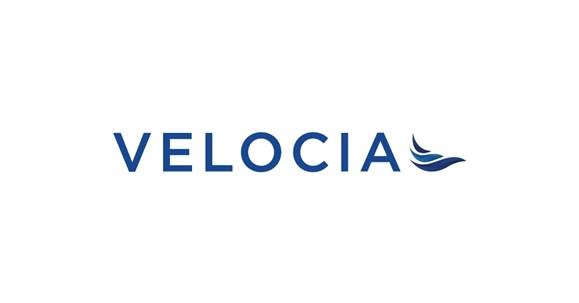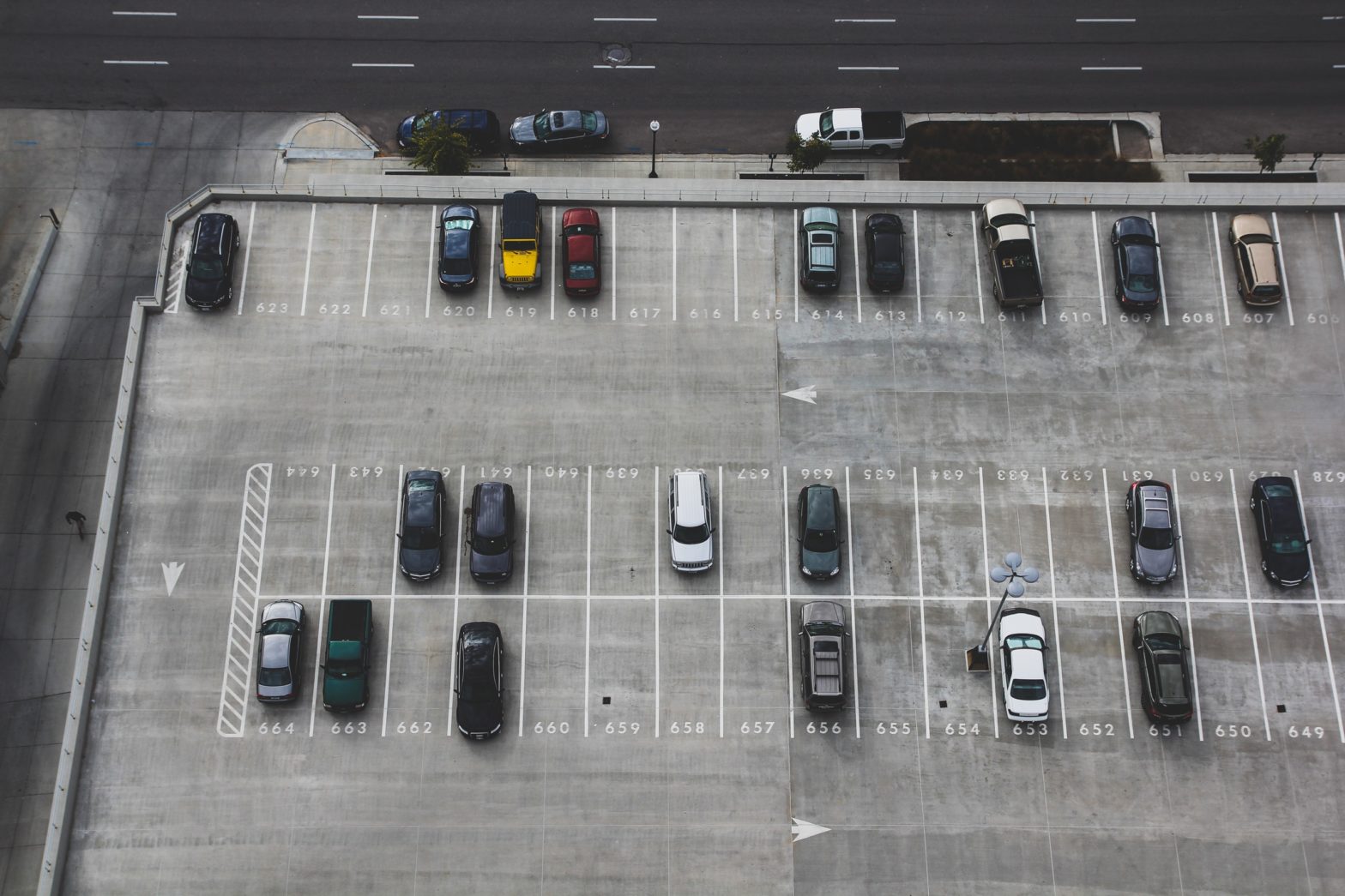
How commuter rewards can get cities moving
13 April 2021
Eldredge Bermingham, PhD, Co-founder, Head Strategy & Partnership, and David Winterstein, Co-founder & CEO, Velocia, Inc., discuss mobility incentives schemes and share their insights on designing an effective incentives programme.
As we emerge from the Covid-19 pandemic, transit agencies, city governments and businesses are taking a more focused look at the intersection of mobility, social equity, carbon emissions and congestion.
Cities can use mobility incentives and rewards to promote benefits to commuters while supporting the public good and the operational goals of public transit.
Well-designed schemes will ensure that incentives are generous enough to drive results and offer a broad return on investment.
Common considerations for getting this right include:
- How to demonstrate that mobility rewards are a useful carrot to encourage people to modify the way they travel to work, school, or play?
- Who is best positioned to pay for the incentives – transit agencies, city governments, corporations, or a mix of sources?
- How is return on rewards investment calculated and by whom?
- What is the relative value of easier-to-measure ROI on operating cost reductions for transit agencies (e.g. cost efficiencies from rewards-based improvements to ridership acquisition, post-pandemic return and customer engagement, cashless transactions, demand management, etc.) versus harder-to-measure ROI based on increases in social equity, air quality, productivity and urban enjoyment?
- Does the responsibility for developing and implementing budgets for mobility incentives lie only with transit authorities or should it be shared between transit authorities, city government and private enterprise?
- What is the best strategy for delivering mobility incentives and opportunities and how does this approach influence digital strategies for reward delivery and gamification?
At Velocia, we help answer these questions and support cities through the process. We have developed smart systems to segment user bases in order to target incentives and optimise reward outcomes. Segmentation and directed rewards promote efficacious scaling of incentives and financial sustainability.
Our smartphone and web-based incentives application can stand alone or be incorporated as a white label rewards and redemption solution in most mobility settings.
Through the Velocia platform, users are rewarded for their mobility behaviours; for downloading and registering public transit and MaaS apps; and for linking partner apps in their daily movements.
We have been successful in rewarding targeted behaviours which reduce the operational costs of transit agencies as well as promoting multi-modal movement aimed at increasing commuting flexibility and social equity while decreasing carbon emissions.
Rewards incentivise commuters to get out of cars and onto public transit, bicycles or their own two feet. Ultimately, this contributes to making cities more enjoyable and prosperous.
Reward values
Rewards are fixed-value (US$0.01) tokens. The number of tokens awarded for mobility behaviours are determined by our business partners, and typically vary between 225 and 5000 tokens (US$2.25-$50).
Velocia works with our business partners to establish reward segments of the user base, token reward values and to anticipate consumer response to different reward levels and types of rewards.
Redemption coupons on the rewards platform are also priced by our business partners and are another way a user derives value from the rewards platform. MaaS partners can drive business to their platforms by discounting reward coupons relative to other providers. For example, a US$10 rideshare coupon currently costs a Velocia user 1,400 tokens, whereas a US$10 e-scooter coupon costs only 500 tokens. The e-scooter companies’ aggressive coupon pricing competes for rideshare users and provides excellent value for the user, transit agency and city.
Tokens earned on the Velocia platform are typically redeemed for actions that improve mobility actions, rather than cash or coupons that can be spent outside the mobility economy – we call this ‘Rewards that Move You’.
Redemptions can be fun – riding an e-scooter or bike, commuting on a cross-bay ferry or taking a weekend trip in an electric vehicle: satisfying – getting to work or school faster and finding reserved carpool parking waiting; and efficient – home delivery of food and goods.
Changing behaviour
Urban congestion has tremendous civic cost, whether measured by lost productivity, environmental pollution or social inequity. Many smart mobility solutions have focused on technology. New technologies are necessary but not sufficient to decongest our cities and make urban life more equitable and enjoyable. Building new transit infrastructure can also be inefficient; it is politically cumbersome, expensive and given long gestation may not reasonably anticipate changes to the rapidly evolving mobility landscape.
The Velocia platform, on the other hand, focuses on rewarding changes in our personal mobility behaviours and placing humans at the centre of smart mobility. Implementation is fast, dynamic, highly targeted and cost-effective. Most importantly, incentives have the capacity to align personal benefits with public good thus creating value across the mobility ecosystem.












